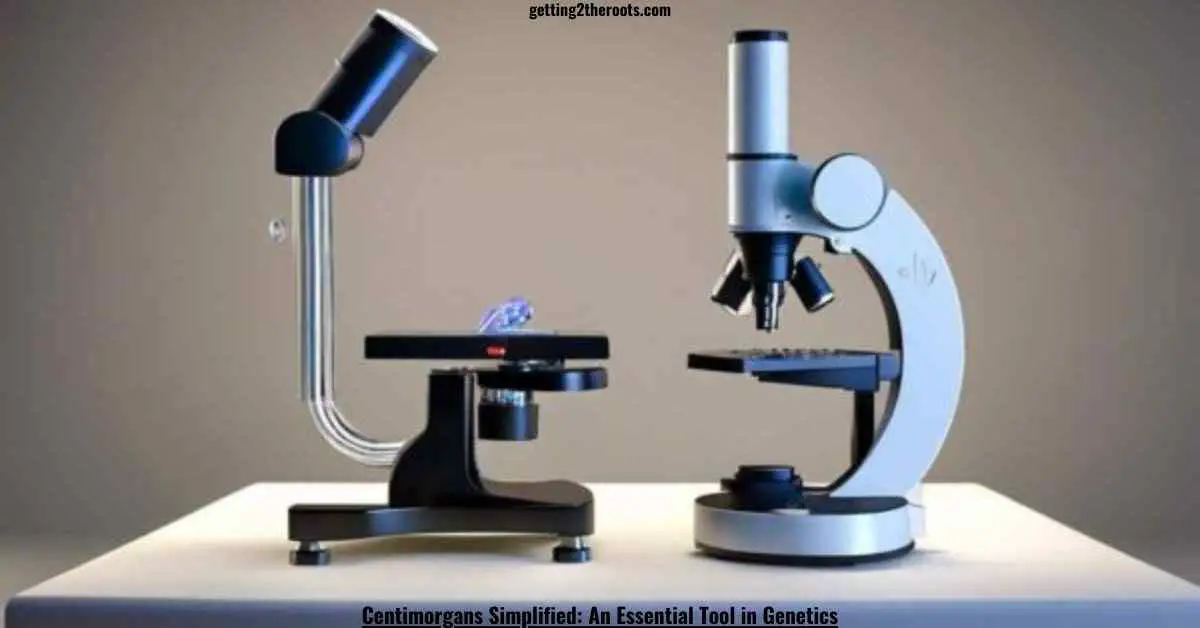Centimorgans Simplified: In the ongoing journey to decode our genetic heritage, the centimorgan stands out as a pivotal metric in genetics.
This measurement unit is fundamental to comprehending genetic distance and inheritance, serving as the bedrock for genetic mapping, pinpointing DNA matches, and solving intricate genealogical mysteries.
In this article, we delve into the world of centimorgans. We’ll guide you through the essential science behind this crucial genetic unit, its use in DNA matching and genetic testing, and the role of statistics in interpreting it.
Additionally, we will address common misconceptions to prevent misunderstandings about this important tool.
In addition to exploring the intricacies of centimorgans in this article, we invite our readers to deepen their understanding of genetics by also reading these informative pieces:
- “How to Interpret Shared DNA Segments | Genetic Connections” – This article offers valuable insights into understanding the connections and implications of shared DNA segments, enhancing your grasp of genetic relationships.
- “Deciphering the Codes: How to Read DNA Test Results” – For those curious about interpreting the often complex results of DNA tests, this article serves as an essential guide, breaking down the process and helping you make sense of your genetic data.
Together, these articles provide a comprehensive look at the fascinating world of genetics and genealogy, equipping you with the knowledge to better understand your genetic heritage.
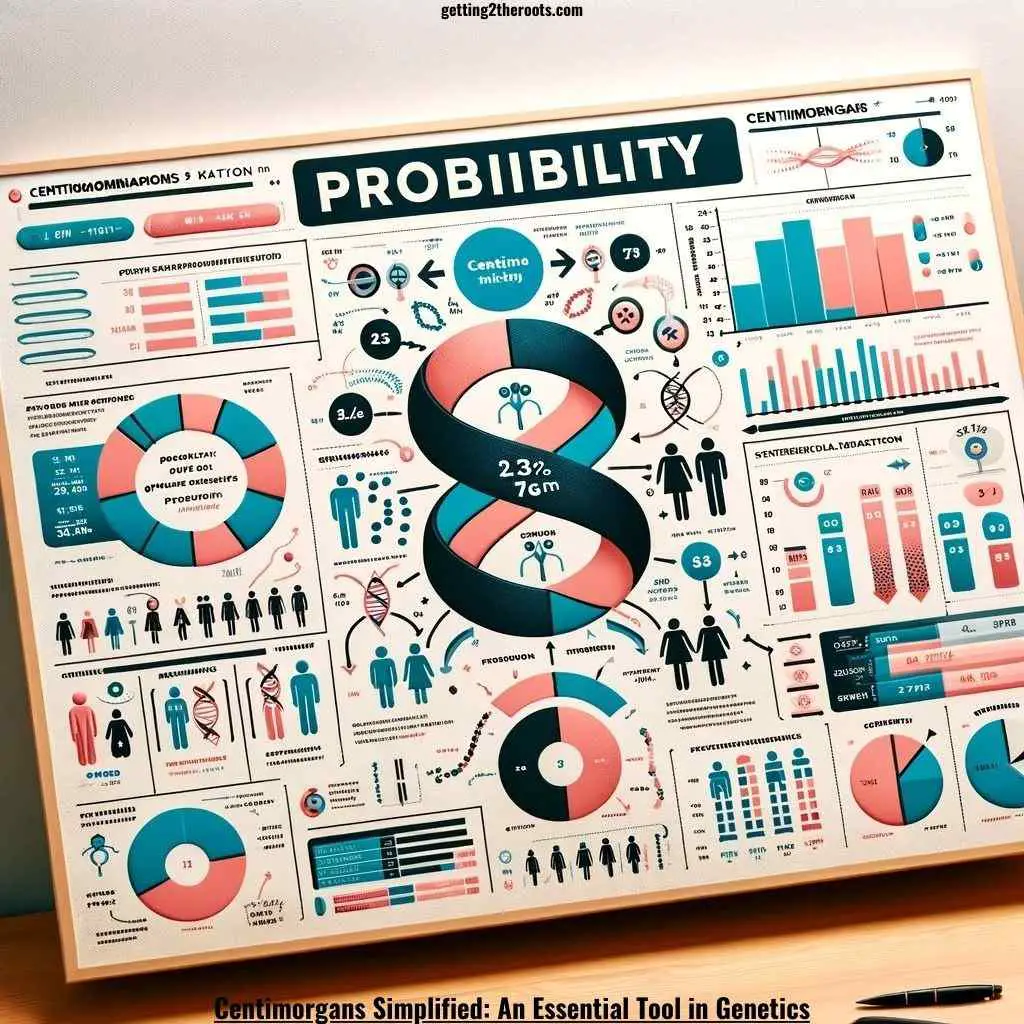
The Science Behind Centimorgans
The Conceptual Framework of Centimorgans in Biomedical Sciences: A Closer Look
In the vivid world of biomedical sciences, few concepts stand the test of time; their fundamental applications are perennially relevant and drastically transformative.
Such is the case of centimorgans, a unit of measure that illuminates the world of genetic mapping and navigates through the enthralling genetic landscape.
This piece peels off layers from the seemingly aloof concept of the centimorgan, aiding in bridging the gap between complex genetics and human comprehension.
Centimorgans Simplified: The Legacy of Morgan and Sturtevant
The inseparable duo Thomas Hunt Morgan and Alfred Sturtevant introduced the centimorgan, detailing it as a measure of genetic linkage or recombinant frequency, propelling the field of genetics into uncharted territories
In essence, a centimorgan indicates a 1% chance that a marker at one genetic locus on a chromosome will be separated from a marker at a second locus due to crossing over in a single generation.
The Unique Nature of the Centimorgan
Though it alludes to a physical distance on a chromosome, a centimorgan is not a fixed unit of length.
Rather, it varies depending on the species in question, the locus on the chromosome, and even between the sexes.
Thus, it encodes a functional characteristic versus a physical one, which distinguishes it profoundly from the more widely known concept of a base pair.
Centimorgans in Genetic Mapping and Analysis
The application of centimorgans as a distance measure in genetic maps underpins several fundamental realities of genetic behavior.
Genetic crossover, central to the concept, acts as a vitality reservoir, enhancing the variation that equips species for environmental adaptation.
By signifying this crossover, centimorgans provide a dynamic view of genetics beyond linear sequences of nucleotides, making genetic maps more realistic and informative while opening doors for advanced genetic analysis.

The Role of Centimorgans in Biomedical Research
Centimorgans play a pivotal role in the biomedical sciences’ intricate explorations. These involve tracing inheritance patterns, predicting disease probabilities, identifying genetic markers for complex traits, and much more.
The concept, with its basis in genetic recombination, allows researchers to construct genetic linkage maps. These maps act as a road map that helps unravel the genetic architecture of diseases or traits.
Centimorgans Simplified: Impact on Genome-Wide Association Studies
Furthermore, centimorgans are instrumental in genome-wide association studies (GWAS), which facilitate remarkable discoveries about correlations between genotype and phenotype.
Such contributions not only revolutionize human understanding of genetic makeup but also allow adept interventions in disease management.
Centimorgans: Beyond Physical Measurement
While it is tempting to attribute a precise physical correlation to centimorgans, such attempts are rendered futile owing to the variable nature of crossover events.
So, the centimorgan’s spirit—its essence—lies in the intrinsically probabilistic idea of showing the chance of a genetic event rather than any specific chromosomal space.
Centimorgans Simplified: A Foundational Tool in Genetic Discovery
In conclusion, the concept of centimorgan, albeit not associated with a fixed physical quantity, is a foundational tool in genetic cartography.
It delineates the complex choreography of genetic inheritance, substantiating biomedical discovery and exploration.
Aiding in mapping the unknown, this critical genetic unit fulfills the grand purpose of genetics—to understand, decipher, and predict the languages of life.
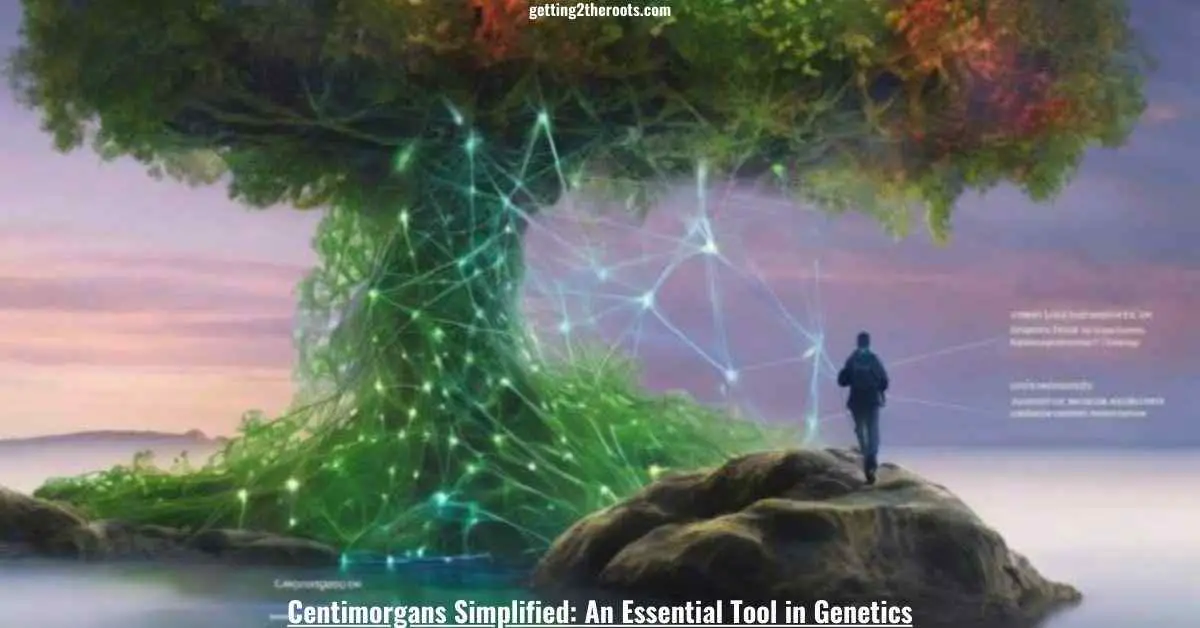
Contextualizing Centimorgans: Genetic Distance, DNA Matches and Testing
Revolutionizing Genetics with Centimorgans
Expanding on previous discussions about the instrumental role of centimorgans in genetic research, it becomes salient how this particular notion thoroughly revolutionizes our perception and interpretation of genetics as a whole.
Centimorgans Simplified: Delving into Genetic Distance
Let’s first delve into the concept of genetic distance. Conventionally, this term refers to the genetic divergence between species or between populations within a species — creatures that appear to be the same but are genetically distinct.
Compellingly, centimorgans are an adept measurement of this divergence as they enable the quantification of genetic variations or changes over generations.
In genetic parlance, the use of centimorgans offers a more nuanced, intricate understanding of how and where changes and mutations may occur across generations, thereby directly augmenting our proficiency in genetic distance measurement.

Centimorgans and DNA Matches: A Critical Link
Embarking on a personal journey through my family’s genetics, I’ve discovered the profound impact of centimorgans (cMs) in understanding our familial connections.
Centimorgans are units of measurement that help in quantifying the genetic relationship between individuals based on shared sequences of DNA.
My Personal Experience: a chart illustrating the shared cMs with various family members:
| Relationship | Shared cMs |
|---|---|
| Brother | 2354 cMs |
| Niece | 1251 cMs |
| Half-Aunt | 770 cMs |
| Half First Cousin | 427 cMs |
| Second Cousin | 289 cMs |
| Third Cousin | Varies |
This genetic exploration highlighted intriguing insights, especially concerning the shared cMs between second and third cousins.
Conventional expectations might lead us to anticipate a more significant amount of shared DNA with closer relatives.
However, the principles of genetic inheritance, often influenced by both consanguinity and genetic dogma, can result in unexpected outcomes.
Consanguinity, referring to the relationship between individuals descended from a common ancestor, can significantly impact genetic similarity.
Families with histories of consanguinity might exhibit surprising patterns in shared DNA, sometimes leading to greater genetic overlap with more distant relatives, like third cousins, compared to closer ones.
This variation is also caused by genetic dogma, which includes the basic ideas of genetic inheritance, such as the fact that DNA recombination happens by chance.
It’s not uncommon to share similar or even larger amounts of DNA with a third cousin as compared to a second cousin.
This variability is a reflection of both the randomness inherent in how DNA is passed down through generations and the historical mating patterns within the family.
In essence, understanding centimorgans in the context of family relationships is a complex but fascinating endeavor.
It involves unraveling the interplay between genetics and family history, where both consanguinity and the principles of genetic inheritance play crucial roles.
Each shared centimorgan reveals a piece of the puzzle of our ancestry, illuminating the intricate web of connections that bind us together as a family.
To further explore these fascinating genetic intricacies, I’ve penned “How to Decipher The Meaning of Family Relationships” and “Understanding and Utilizing Your DNA Test Results.”
Centimorgans Simplified: Advancements in Genetic Testing
Lastly, let us turn our gaze towards genetic testing, a field that has undergone profound updates thanks to our understanding of centimorgans.
Genetic tests utilize centimorgans to identify inherited disorders, assess risk factors for specific diseases, and inform treatment decisions.
Geneticists often utilize complex algorithms, incorporating centimorgan values, to accurately determine the probability of genetic disorders.
Given its immense predictive potential, the centimorgan is deemed indispensable in moving genetic medicine beyond disease diagnosis and prevention toward personalized treatment and precision health.
Navigating Genomic Science: The Role of Centimorgans
While it is easy to become lost in the abstract and labyrinthine nature of genomic science, the quiet, consistent presence of the concept of the centimorgan illuminates the path.
It serves as a steadfast compass guiding our understanding of genetic distance, our identification of DNA matches, and the profound potential inherent in genetic testing.
A sound comprehension of the centimorgan metric, therefore, is not just about understanding the minutiae of genetics; it is inherently a journey towards deciphering the vast, unseen universe of our own genetic code.

The Probability Factor in Interpreting Centimorgans
Centimorgans Simplified: Impacting Human Genetics Understanding
Probability, in the context of centimorgans and genetic relationships, comes as the second piece of the puzzle after the foundational understanding of centimorgans is achieved. It provides a degree of predictive power that allows for a more comprehensive portrayal of the complex landscape of genetics, particularly regarding the coordination between centimorgans and genetic relationships.
Understanding Probability in Genomics
How one might ask, does probability come into play in this seemingly rigid realm of genomics? Understanding this requires a brief dive into the statistics that underpin much of genetic research.
Centimorgans Simplified: Measuring Likelihood in Genetics
Probability, in statistics, is a measure of the likelihood of a particular event occurring. Applied to genetics, the use of probability allows a more nuanced understanding of the distribution of these genetic segments, represented as centimorgans, among related individuals.
When the probabilities of various genetic transmission patterns are calculated, it aids in accurately discerning the extent of genetic relationships.
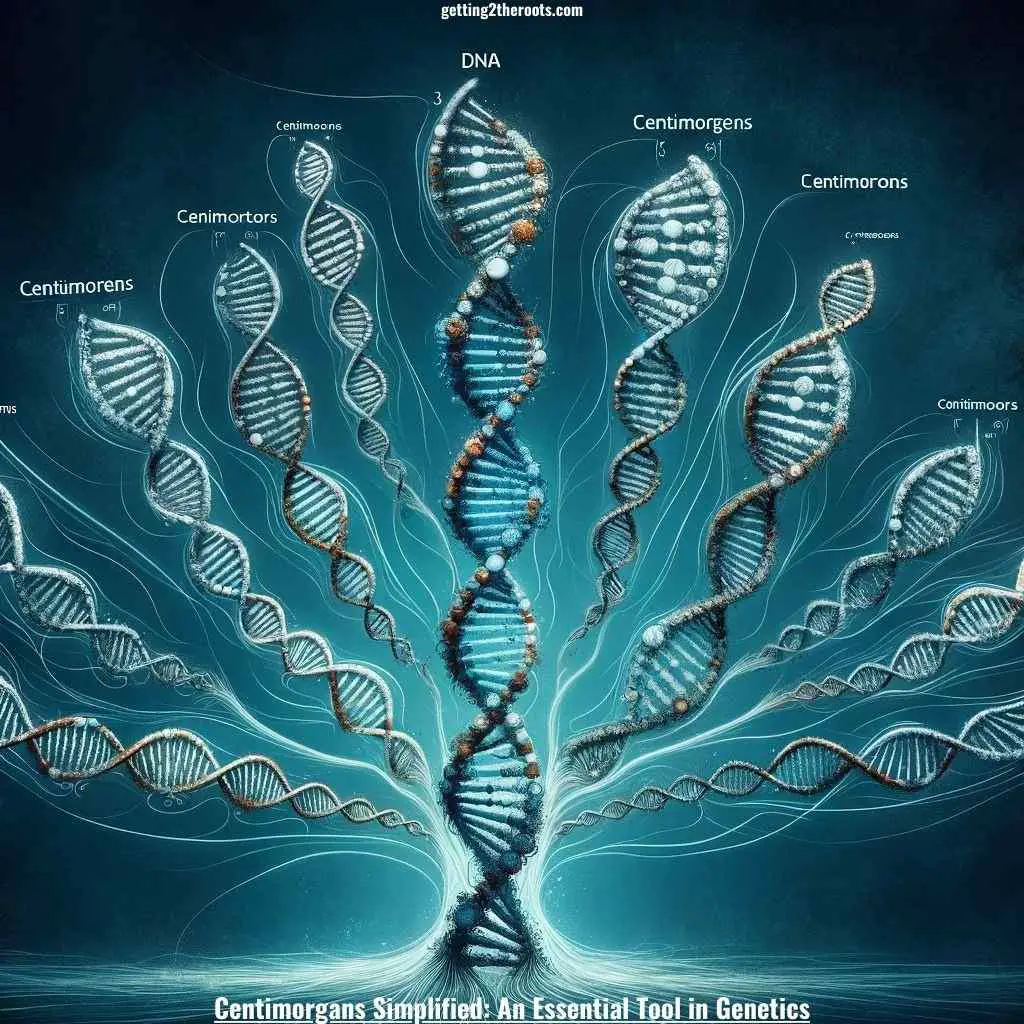
The Centimorgan in DNA Match Elucidation
Let us consider the role of centimorgans in elucidating DNA matches and familial relationships. When two individuals share a certain number of centimorgans, it implies they have inherited a portion of DNA from a common ancestor.
However, the picture is not often as clear-cut, as the distribution of shared centimorgans varies substantially depending on the precise relationship between the two individuals.
Here, probability estimates add depth and context to the raw centimorgan data, providing a percent chance for different types of relationships.
Centimorgans Simplified: Sibling Genetic Variability
For instance, siblings, on average, share about 50% of their genetic code (equivalent to approximately 3400 centimorgans).
Yet, due to the randomness of genetic recombination, this value may vary, and two full siblings may share anywhere between 2200 and 3400 centimorgans.
Thus, having the centimorgan count alone won’t give the full picture. Integrating probability distribution for different centimorgan ranges refines this range, providing a more accurate depiction of the possible relationship.
Centimorgans in Medical Genetics
Moreover, probability underlies much of genetic testing since genetic diseases are often attributed to variants in specific genes.
In the context of disease risk, we deal with probabilities depending on the number of risk alleles inherited and their combined impact.
Centimorgan measurements complement this by pinpointing the location of these genomic variants.
Therefore, understanding both the probability of inheriting specific variants and their location (in centimorgans) within the genome constitutes an essential part of medical genetic studies and decision-making regarding treatment options.
Centimorgans Simplified: Genetic Variation and Population Studies
Probability calculations also come into play when studying genetic variation within a population over generations.
Genetic recombination events are not random but have hotspot regions where they occur more frequently.
The centimorgan is a static measure of recombination frequency, but probability models can help visualize individual variations in these hotspots.
This variation explored through probability models and centimorgans contribute to our understanding of how genomes change over time, offering insights into evolution, migration patterns, and population history.
Navigating the Complex Tapestry of Genetics with Centimorgans
In summary, the interplay of probability and centimorgans delivers an intricate tapestry of genetic relationships, genetic testing, population genetics, and genomic science.
However, much like any scientific endeavor, one must be cautious not to take these results at face value, understanding the limitations of these methods.
Nevertheless, the use of probability theory to elucidate the complexities of genetic relationships, anchored firmly in the understanding of centimorgans, undoubtedly remains a staple in the toolkit of genetic research offering a more comprehensive depiction of our genetic heritage.
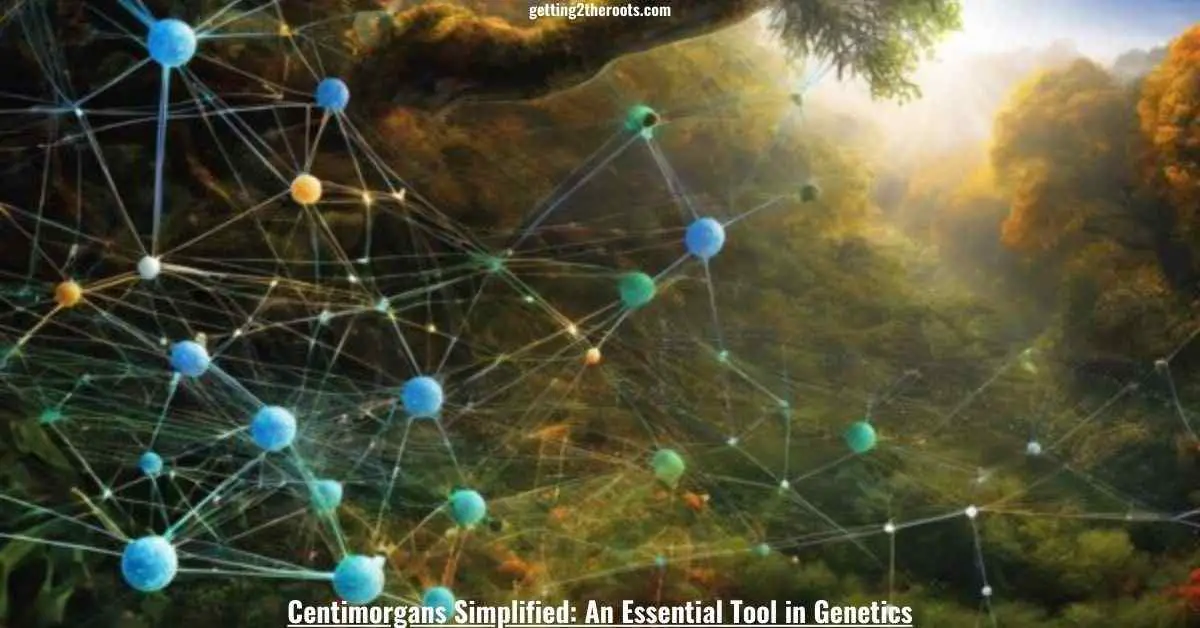
Misconceptions and Misinterpretations Surrounding Centimorgans
Many misunderstandings are frequently encountered regarding the concept of centimorgans, a critical element in our dissection of the genetic world. Among the rampant misconceptions, several prevail.
One primary misunderstanding involves the perception that centimorgans are an absolute reflection of physical distances on a given chromosome.
However, the exact physical distance represented by a centimorgan is subject to variation. This variation results from factors such as differing recombination rates across the genome, and distinctions that exist between males and females in regard to the frequency of recombination events.
Addressing Misconceptions About Genes and Centimorgans
Furthermore, there is a common misinterpretation of centimorgans as reflective of an exact number of genes.
It is important to distinguish that centimorgans do not directly equate to the number of genes, given that genes are not evenly distributed throughout the genome.
Hence, a segment of DNA measuring 10 centimorgans may contain more genes in one part of the genome compared to another.
Centimorgans Simplified: Familial Relationship Misconceptions
Another area of common misconception is the belief that the number of shared centimorgans between two individuals is a definite reflection of a specific familial relationship.
However, owing to the unpredictable nature of genetic recombination, two immediate family members could share varying amounts of centimorgans to such an extent it appears they are more or less related than in reality.
Misinterpreting Centimorgans in Disease Risk and Traits
Additionally, the predictability of disease risk or identification of genetic traits based solely on centimorgans is misjudged.
While they are indeed vital to genetic studies, centimorgans alone cannot provide a definitive probability of having a genetic disease or trait.
This misconception often leads to overestimates of disease risk and false certainty about genetic inheritance.
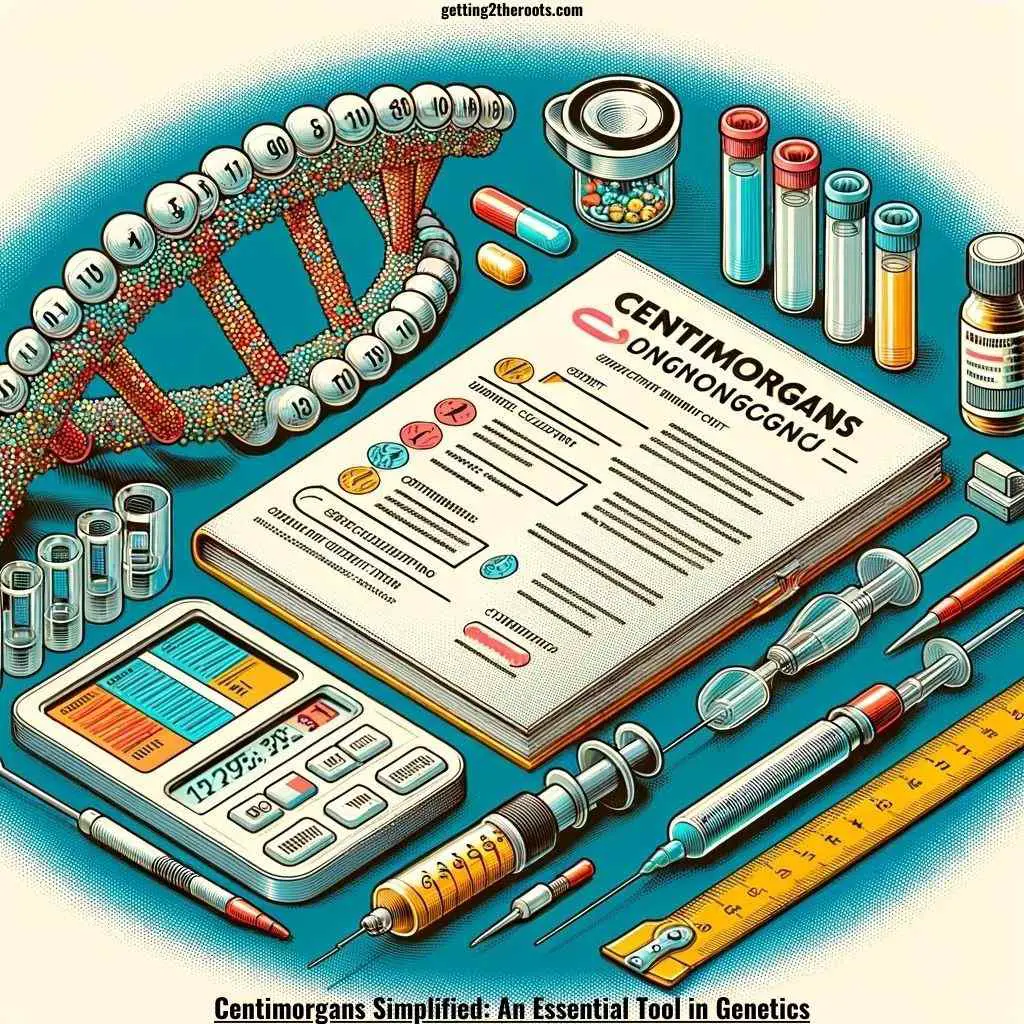
Centimorgans Simplified: Correcting Misconceptions
Correcting these misconceptions and misinterpretations is of paramount significance. To address this, a clear elaboration of the:
- Distinctness of centimorgans from precise physical distances,
- Gene numbers,
- Direct familial relationships are crucial.
Moreover, an emphasis on the role of other influential factors, such as genetic drift, natural selection, and mutation, in shaping our genetic makeup is necessary.
The Importance of Context in Genetic Interpretation
In addition, there’s a need to highlight the limits of predicting disease risks or traits through centimorgans alone.
Keeping in perspective the randomness of genetic inheritance and the role of environmental factors is crucial to ensure a comprehensive and accurate understanding of our genetic identities.
Centimorgans Simplified: Deciphering the Genetic Language
As we continue to unravel the enchanting reality of our genomic correspondence, it becomes evidently crucial to discern accurately between the facts and the myths associated with centimorgans.
In doing so, we are not just striving for a more precise gauging of our own genetic selves, but also towards a better understanding of the fascinating language of life encrypted in every cell.
Demystifying Centimorgans in Genetics
In demystifying the complexities of centimorgans, we underscore the role of this unit in significantly impacting our understanding of genetics and inheritance.
From aiding scientists in genetic reconstruction and chromosomal mapping to enabling the layperson to make sense of their genetic heritage, the centimorgan is fundamental in decoding the story encoded within our DNA.
A sound scientific understanding, coupled with an appreciation of statistical probabilities, can pave the way for a more nuanced interpretation of centimorgan values and their influence on genetic distances and DNA matches.
While misconceptions may continue to challenge this field, a vigilant critical perspective can ensure we remain centered on scientific rigor and accuracy.
This exploration encourages a deeper appreciation of the profound impact of centimorgans on our understanding of the human genetic landscape.
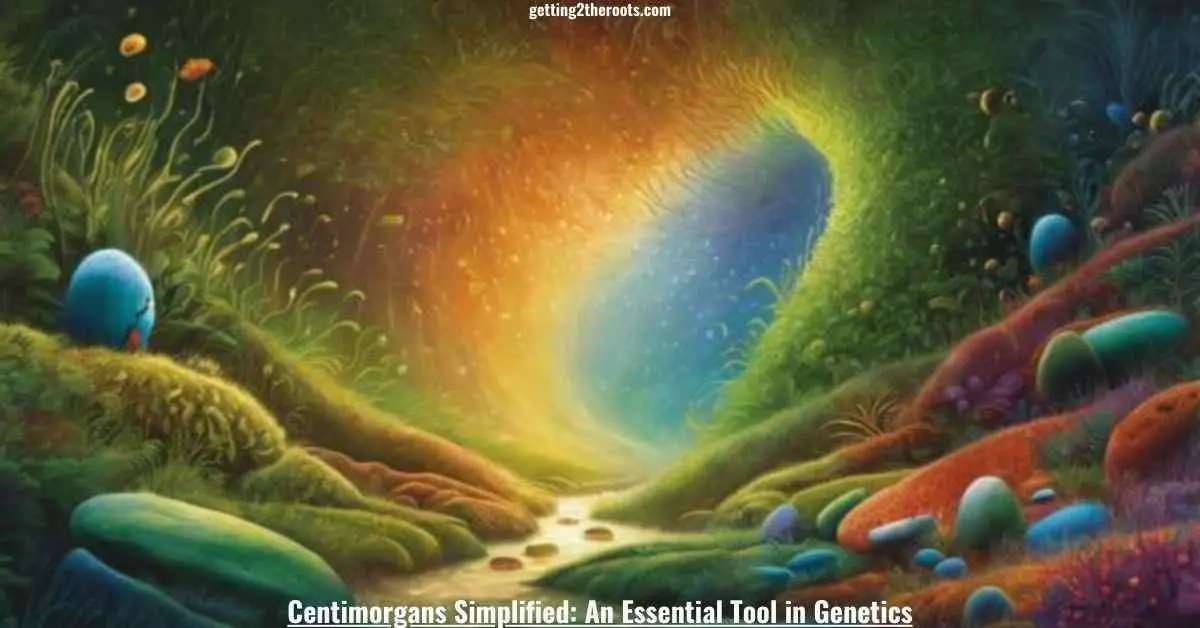
Conclusion
In wrapping up our exploration of “Centimorgans Simplified,” we’ve traversed the multifaceted landscape of genetics, delving into the intricate roles centimorgans play in genetic testing, DNA matching, and understanding genetic distance.
This journey highlights the significance of centimorgans in both scientific research and personal ancestry exploration, offering a deeper appreciation of our genetic makeup.
As we continue to expand our knowledge in this dynamic field, centimorgans remain a pivotal tool in unlocking the secrets of our DNA.
Frequently Asked Questions (FAQs) Understanding the Centimorgan Landscape
- What Exactly Is a Centimorgan? A centimorgan is a unit of measure used in genetics to describe the distance between gene pairs on a chromosome.
- How Are Centimorgans Used in DNA Testing? In DNA testing, centimorgans are used to determine the genetic relationship between individuals by measuring the length of shared DNA segments.
- Can Centimorgans Predict Family Relationships Accurately? While centimorgans can indicate potential family relationships, the exact nature of the relationship can vary due to genetic recombination.
- Do Centimorgans Measure Physical Distance on Chromosomes? Centimorgans represent the probability of gene recombination, not the physical distance on chromosomes.
- How Do Centimorgans Help in Genetic Research Centimorgans assist in mapping genes on chromosomes, understanding genetic diseases, and exploring ancestral links.

